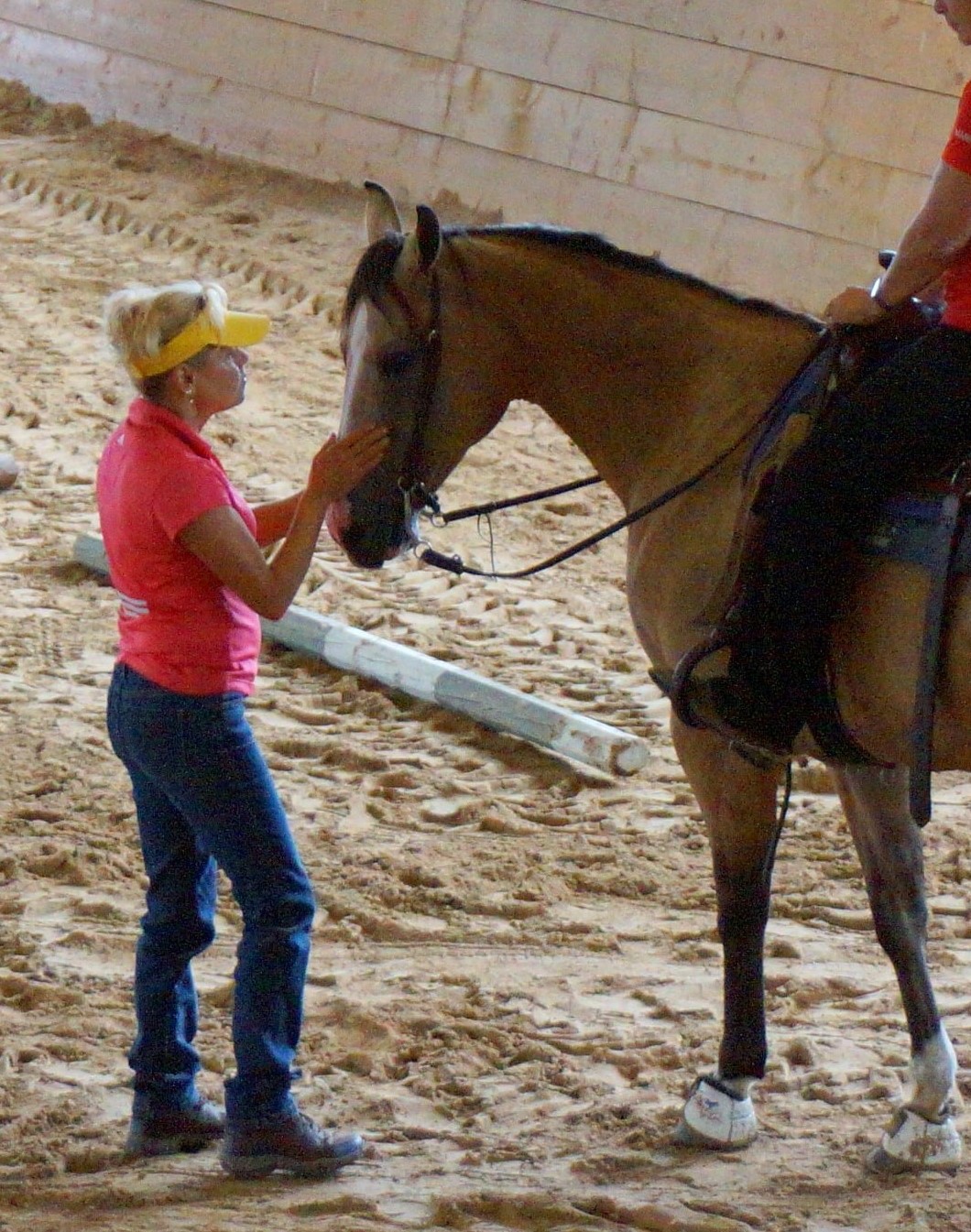On horse behavior, reflecting and pondering at Christmas.
Horse people have speculated on this equine behaviour – the horse’s licking and chewing response. Is the horse pondering? Pausing to ponder over Christmas takes some effort, with the phone in our pockets ready to fill every crack in our days with its opinions and images










